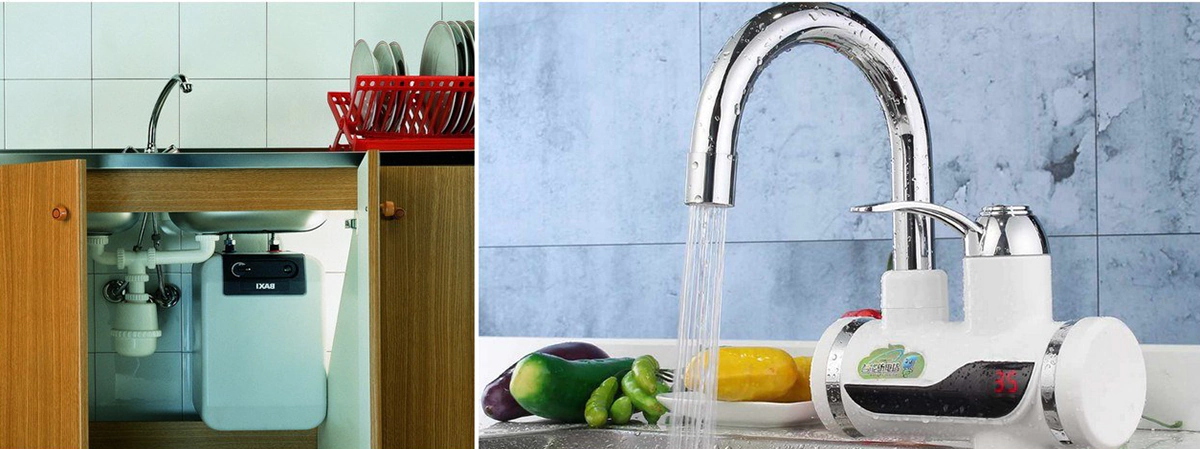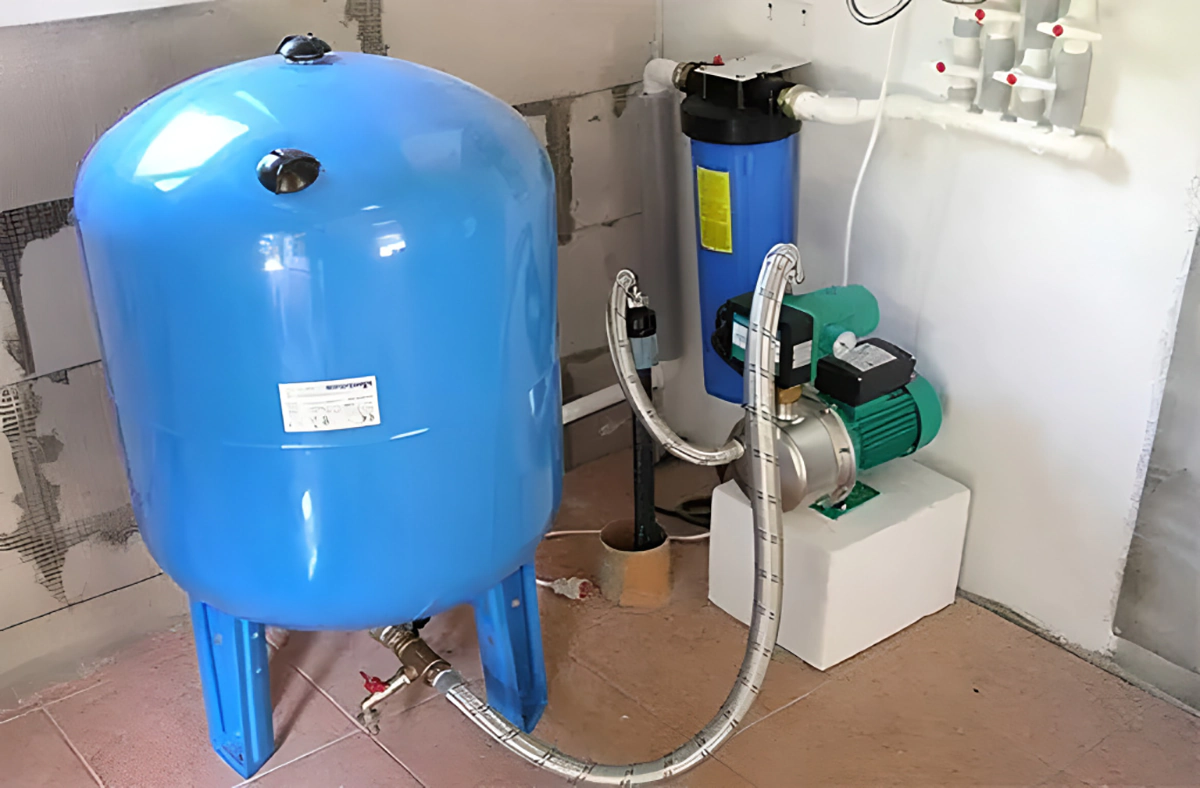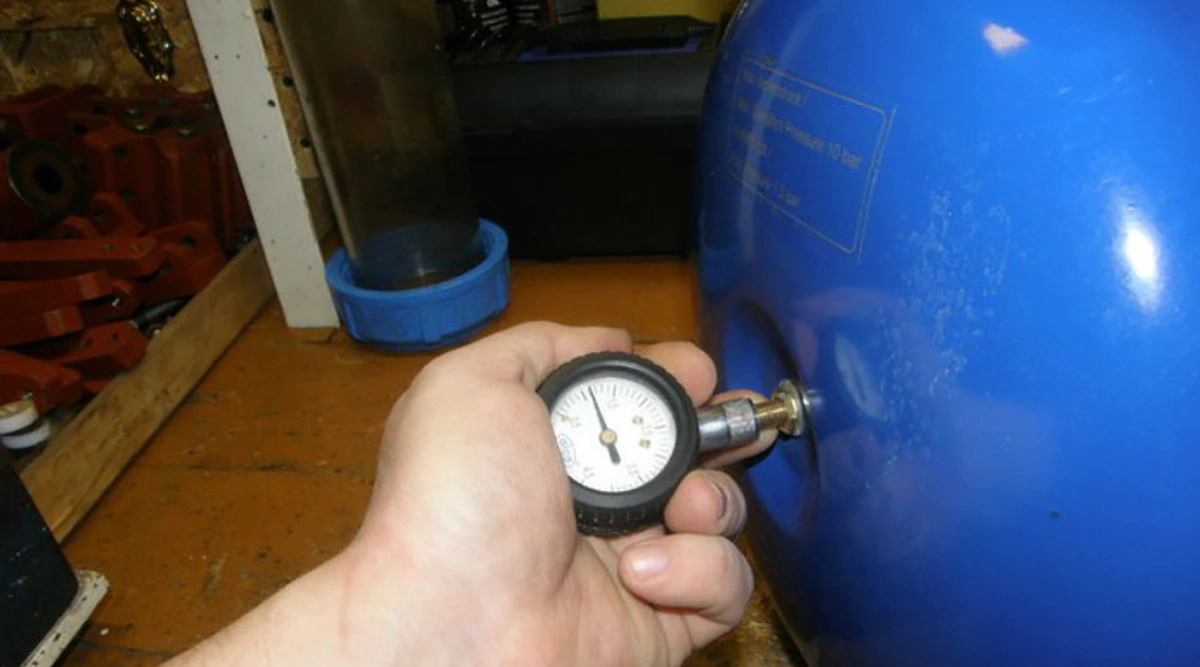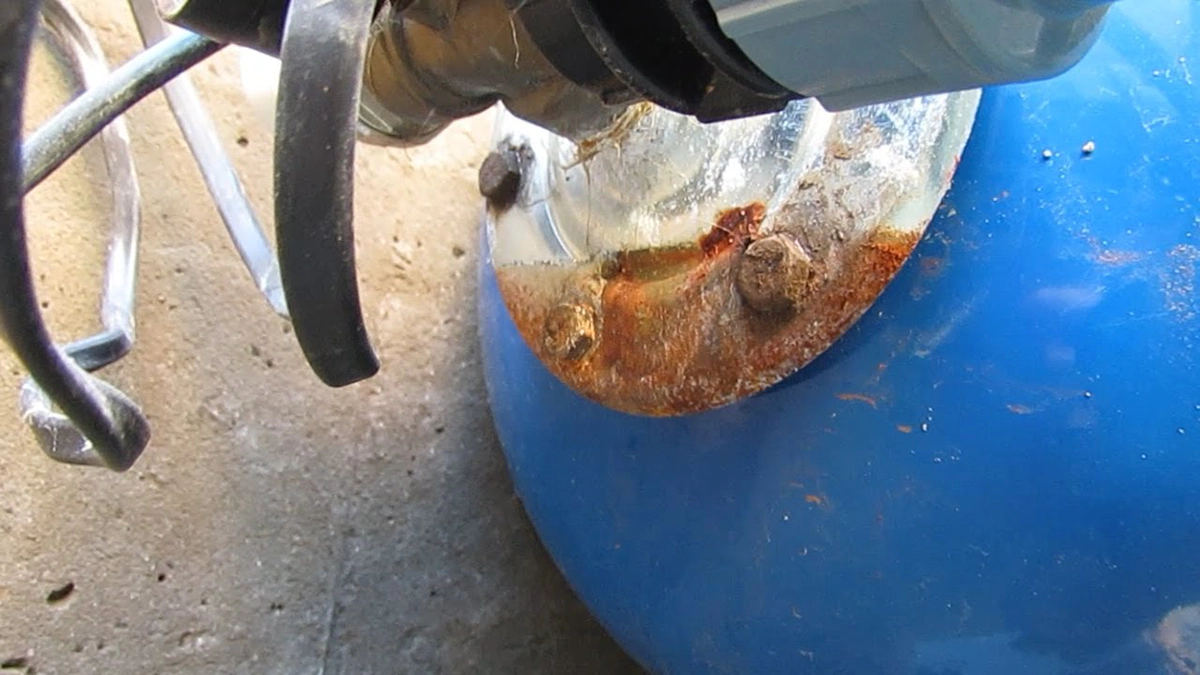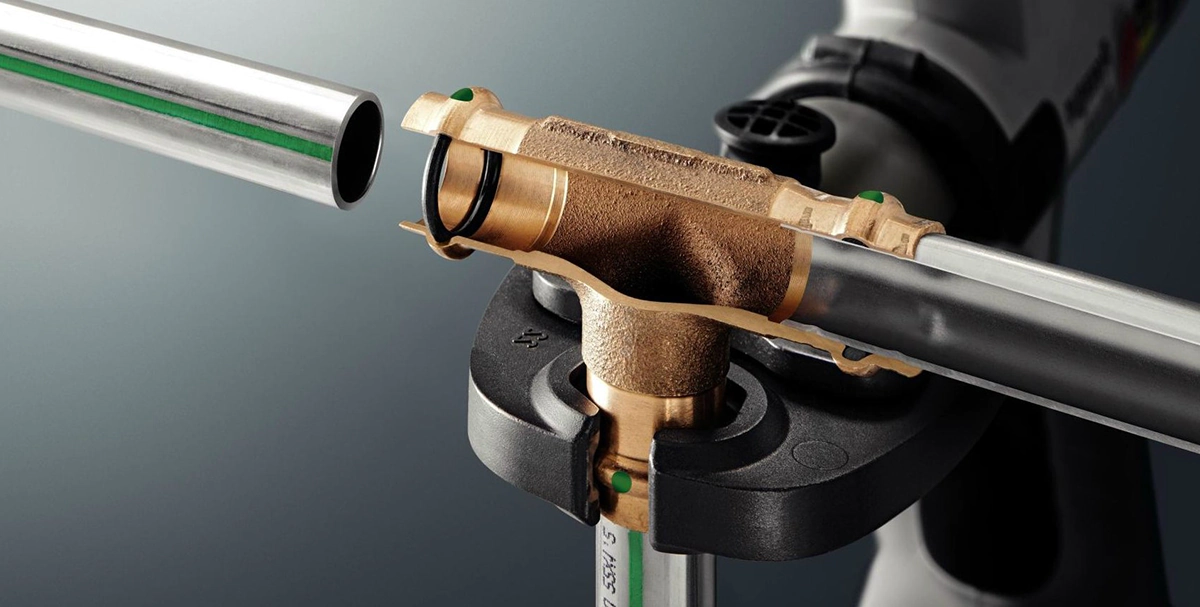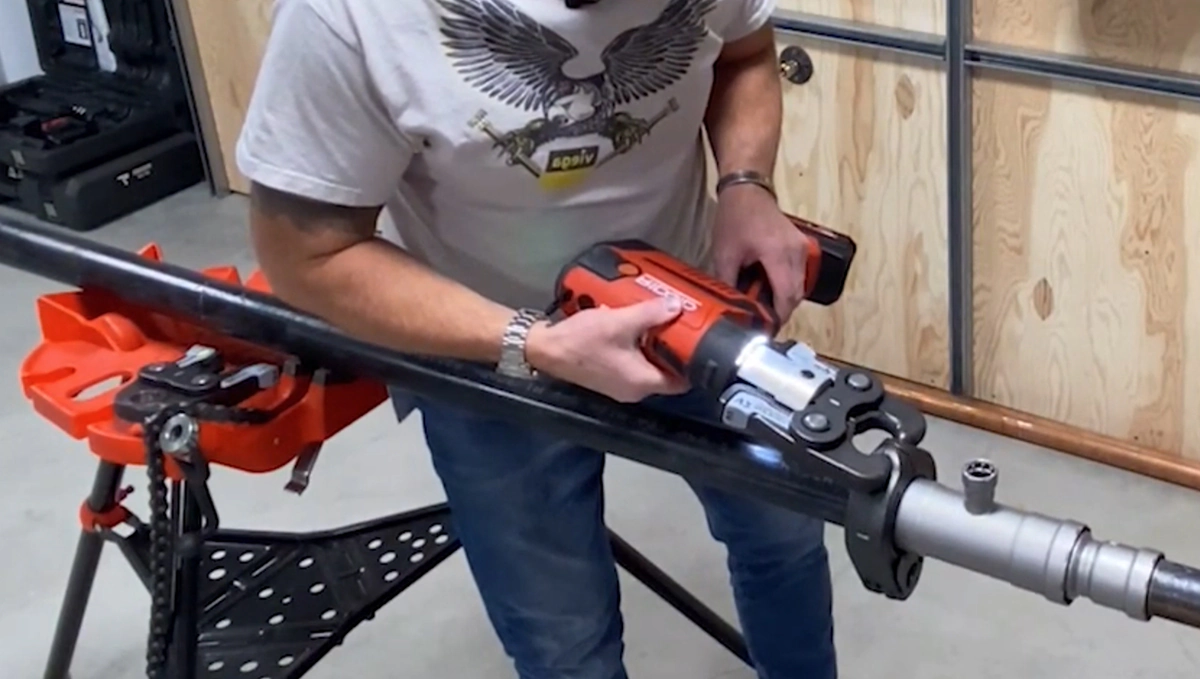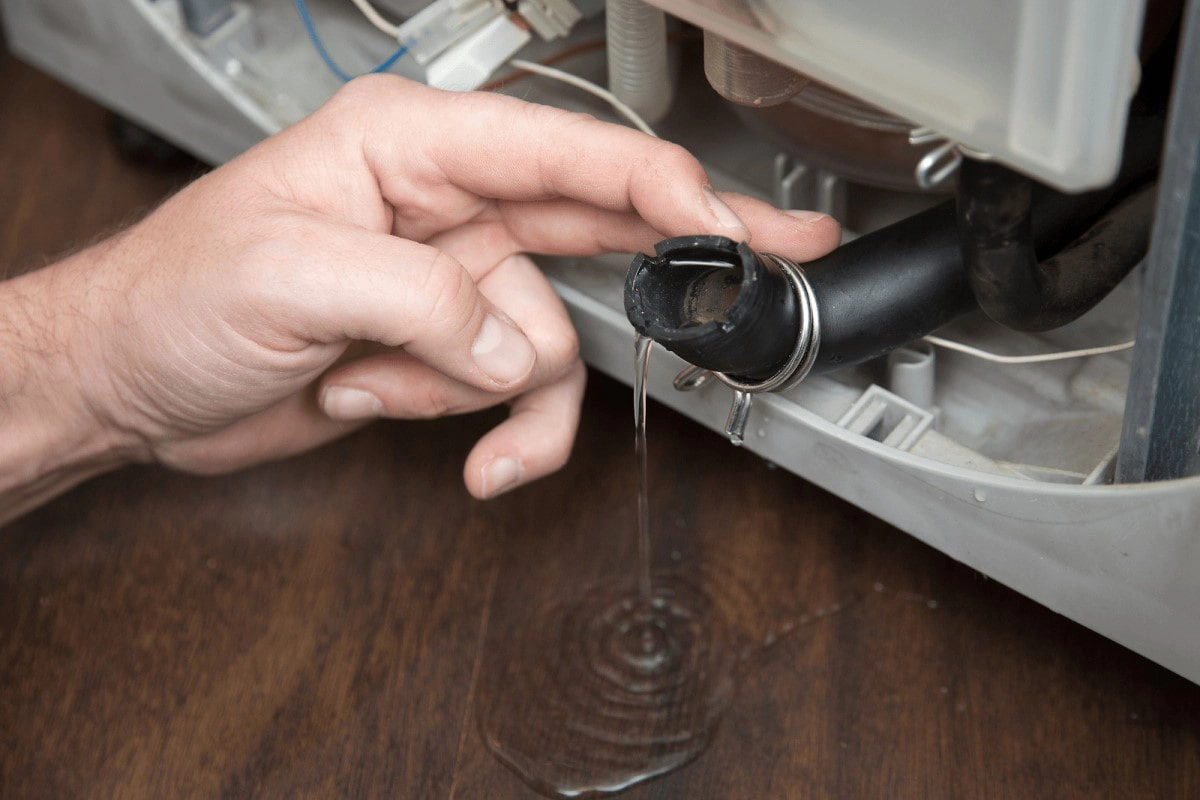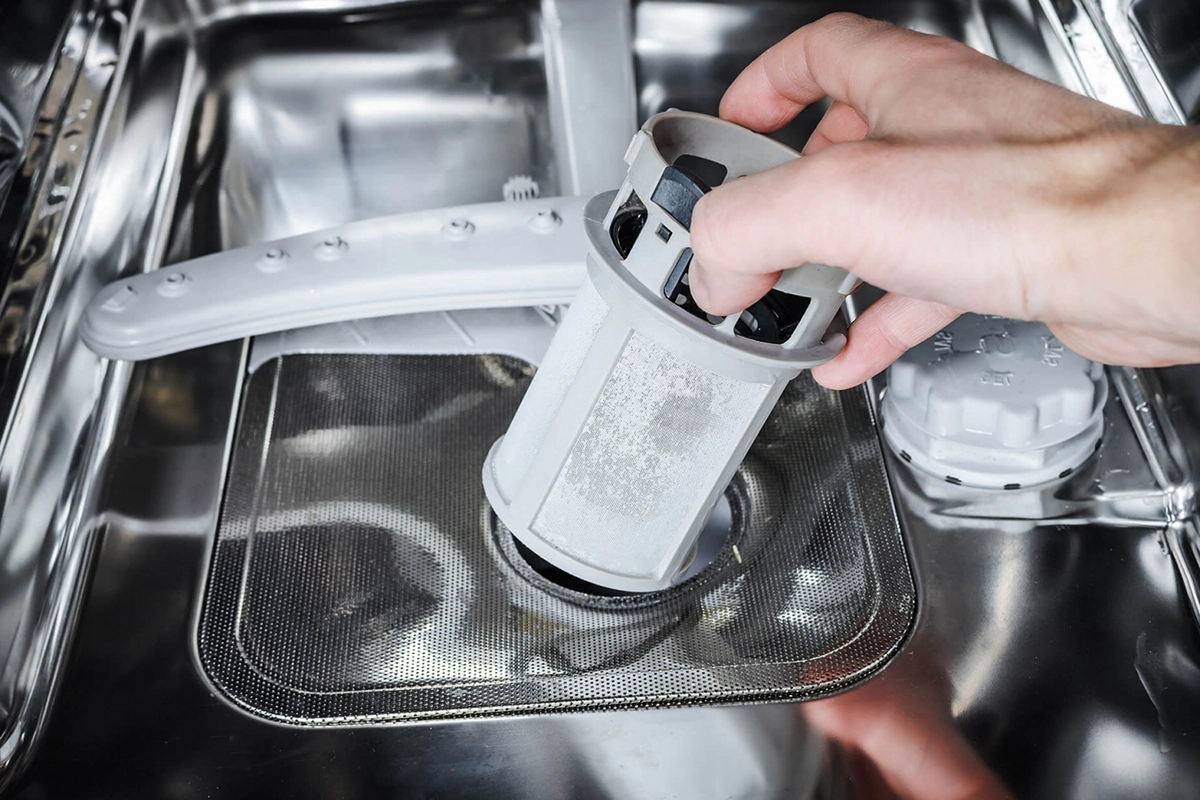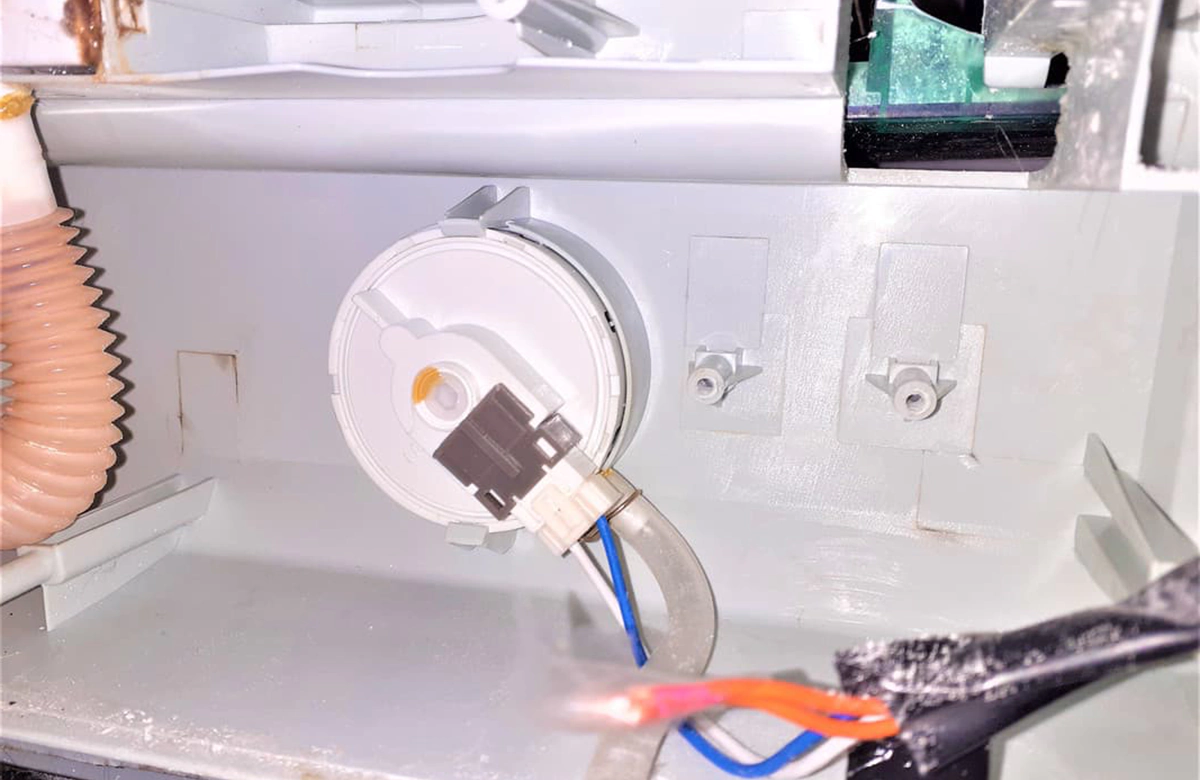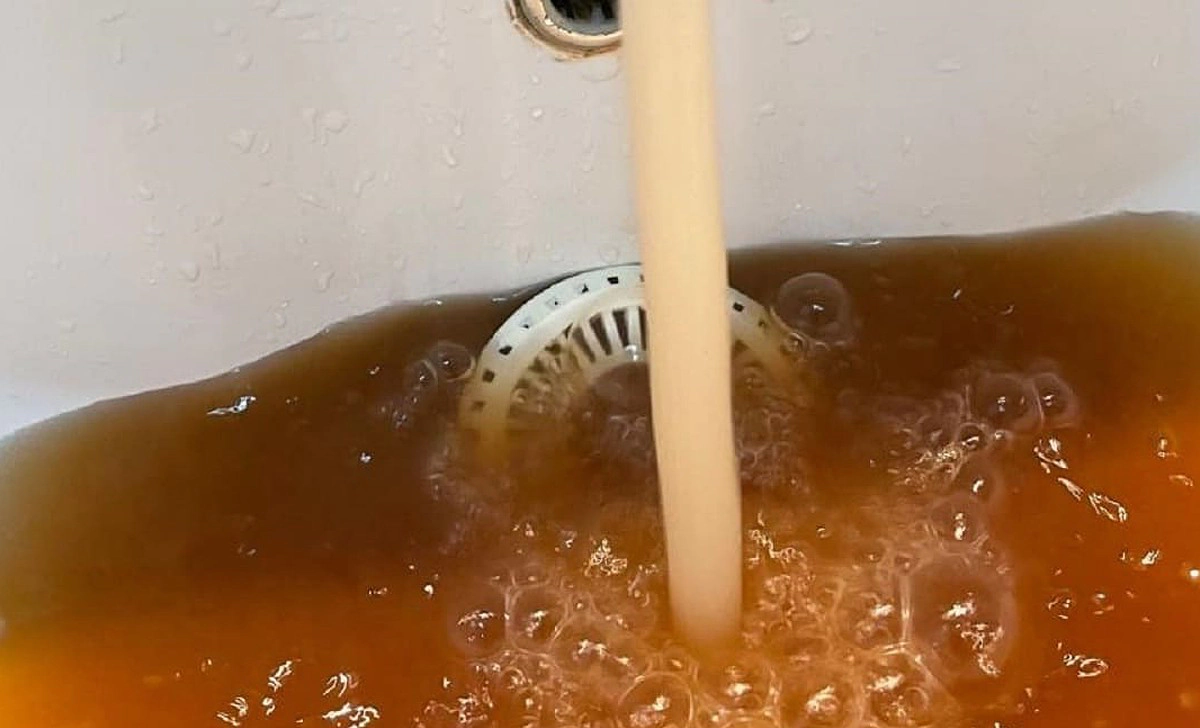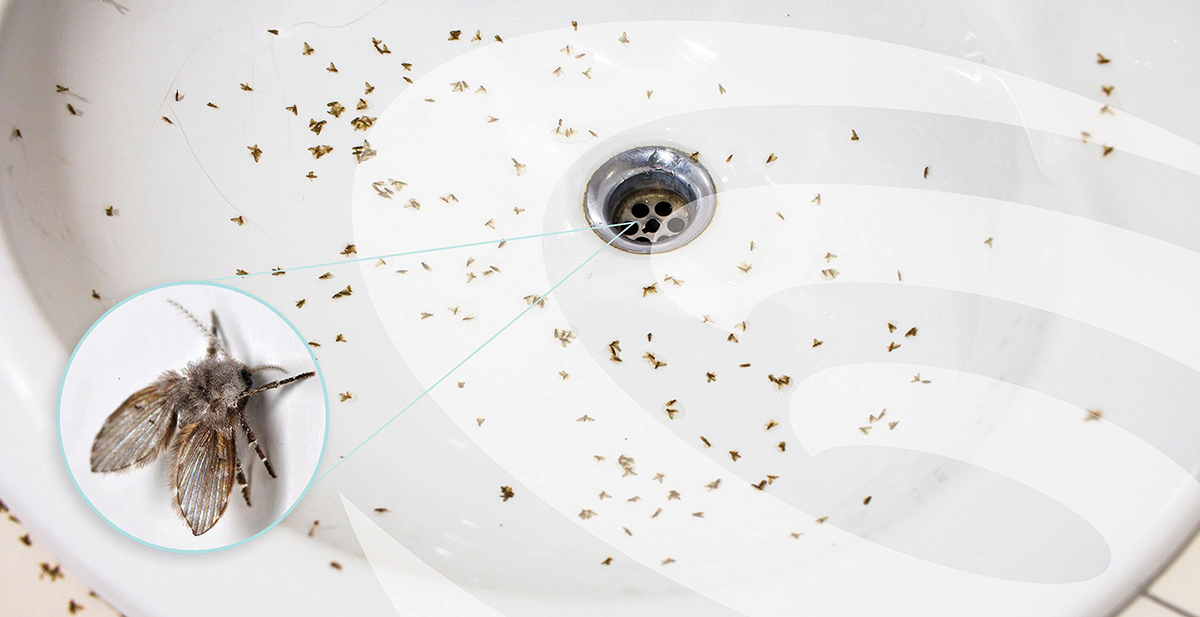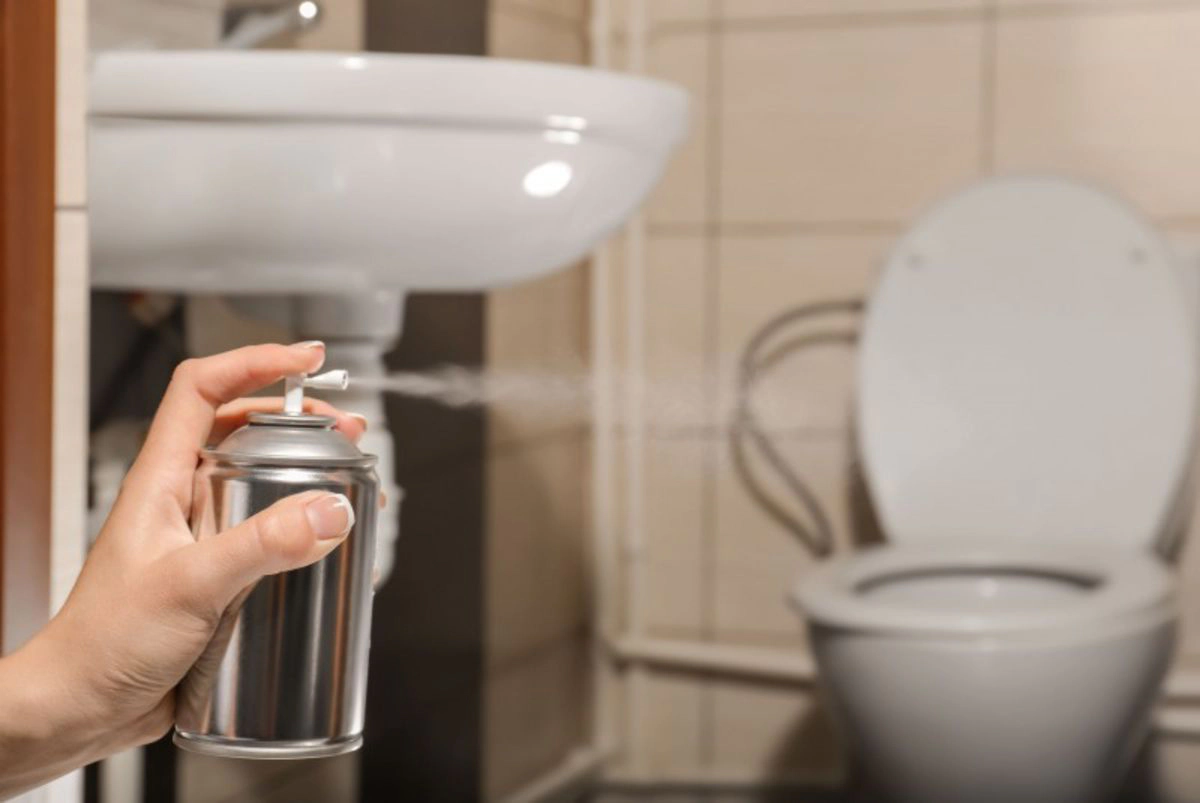Tankless or “on-demand” water heaters are becoming increasingly popular among homeowners seeking energy-efficient and space-saving solutions. Unlike traditional systems with large storage tanks, tankless models heat water only when it’s needed — providing a continuous flow of hot water without wasting energy.
But before you invest, it’s important to understand the real pros and cons of tankless water heaters and how they compare to conventional models.
How Tankless Water Heaters Work
A tankless water heater uses either gas burners or electric elements to heat water instantly as it passes through the system. When you turn on a tap, cold water flows through a heat exchanger and comes out hot on demand. Since there’s no storage tank, the system doesn’t lose heat through standby energy loss — one of the main reasons these units are considered more efficient than traditional models.
Still, tankless systems have specific installation and maintenance requirements that every homeowner should consider.
Advantages of Tankless Water Heaters
1. Endless Hot Water
One of the biggest benefits of tankless water heaters is that they never run out of hot water. Whether you’re taking long showers or running multiple loads of laundry, the heater keeps producing hot water continuously, as long as your system capacity matches your household’s demand.
2. High Energy Efficiency
Tankless units are designed to work only when you need hot water. Unlike tank-style heaters that maintain a full reservoir of hot water 24/7, a tankless system activates only when the tap is turned on. This can reduce energy consumption by up to 30% compared to traditional models — a major advantage for energy-conscious homeowners.
3. Space-Saving Design
Since there’s no large tank to store, a tankless model can be wall-mounted in compact spaces such as closets or utility rooms. For small homes, condos, or apartments, this space-saving benefit makes tankless water heaters an attractive option.
4. Longer Lifespan
A high-quality tankless hot water heater can last up to 20 years with proper maintenance — almost double the lifespan of a conventional storage-tank heater. This longevity helps offset the higher initial investment, offering greater long-term value.
5. Lower Risk of Water Damage
Traditional tanks can sometimes rust or crack, causing leaks and costly water damage. With no storage tank, the risk of major flooding or corrosion is significantly reduced — another practical advantage of tankless water heaters.
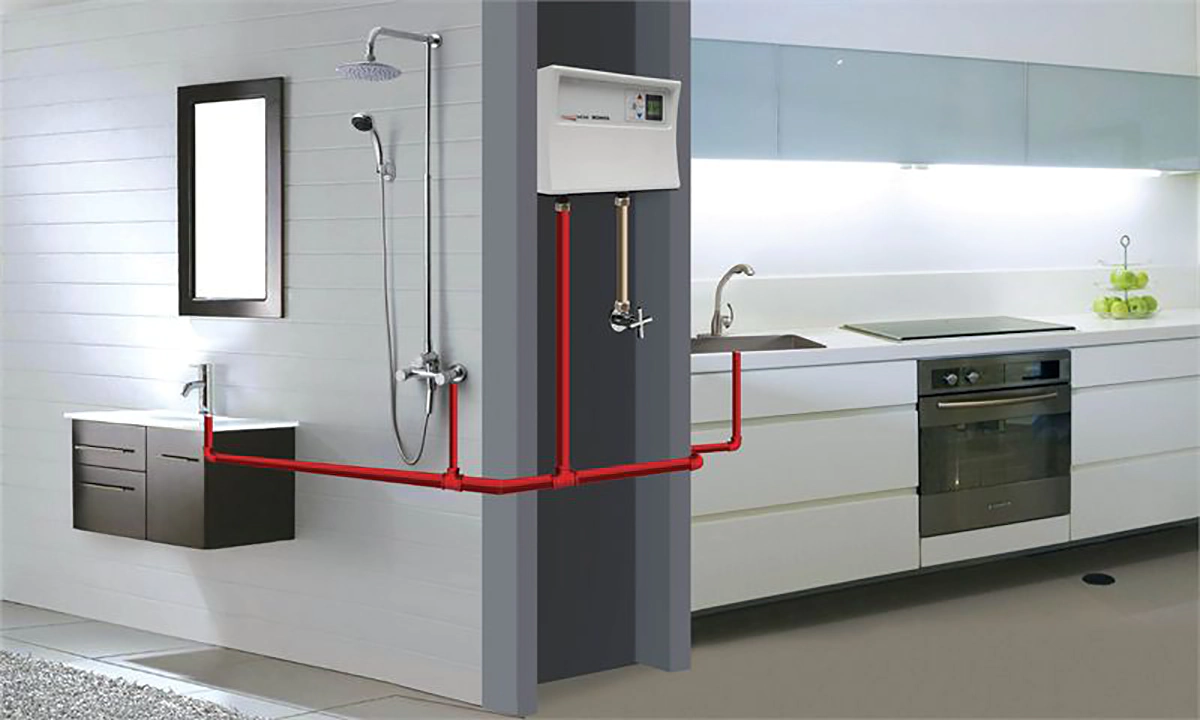
Disadvantages of Tankless Water Heaters
1. Higher Initial Cost
The main downside of tankless water heaters is the upfront expense. Both the unit itself and its professional installation typically cost more than a conventional heater. Homes may require additional gas line or electrical upgrades, increasing the total cost.
2. Limited Flow for Multiple Outlets
While a tankless heater provides endless hot water, it can struggle when several appliances run simultaneously. For instance, using two showers and a washing machine at once might cause a noticeable drop in water temperature or pressure. Larger households often need multiple units to handle peak demand effectively.
3. Professional Installation Required
Installing a tankless water heater is more complex than replacing a traditional tank. Incorrect setup can lead to poor performance or safety hazards. It’s best to have certified plumbers — such as POM Plumbing — handle installation, ensuring your system operates efficiently and meets all local codes.
4. Slight Delay in Hot Water Delivery
Because the system heats water on demand, there can be a short delay before hot water reaches the tap. Although it’s usually only a few seconds, this delay can lead to slightly higher water use over time.
5. Maintenance Needs
Tankless water heaters require regular descaling to prevent mineral buildup, especially in areas with hard water. Failing to flush the unit annually may lead to reduced efficiency and shorter lifespan. This maintenance requirement is one of the common cons of tankless water heaters that homeowners should be aware of.
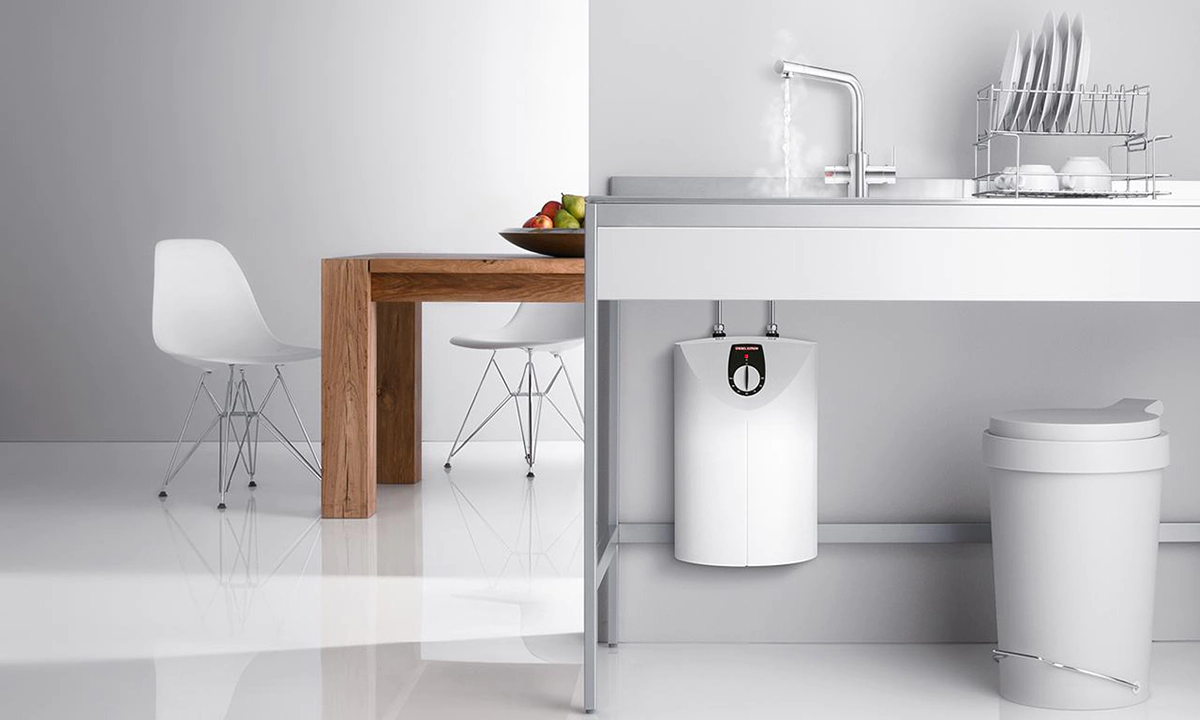
Tankless vs. Traditional Water Heaters
Compared to traditional tank systems, tankless water heaters are more energy-efficient, compact, and durable. However, they come at a higher initial cost and may not meet heavy, multi-outlet demand without upgrades.
Traditional tank heaters are cheaper to install and can supply multiple fixtures simultaneously, but they take up more space, waste energy through heat loss, and require replacement more frequently.
In short, if your priority is efficiency, longevity, and unlimited hot water, a tankless model is a smart long-term investment. If you’re looking for affordability and simplicity, a traditional tank might still fit your needs.
Are Tankless Water Heaters Worth It?
For many homeowners, the pros of tankless water heaters — including energy savings, compact design, and endless hot water — outweigh the disadvantages. However, if you have a large household or limited installation budget, the cons such as cost and flow limitations may be important considerations.
Before making a final decision, it’s best to consult with professionals like POM Plumbing, who can assess your water usage, recommend the right size, and install your new heater safely and efficiently.
Final Thoughts
Tankless water heaters represent a modern, eco-friendly upgrade for homeowners tired of running out of hot water or wasting energy. While they do have installation and maintenance challenges, their performance, efficiency, and durability make them a worthy investment for most homes.
If you’re considering switching to a tankless hot water heater, contact POM Plumbing for expert consultation and installation across Toronto and the GTA.
Frequently Asked Questions
A quality tankless water heater can last around 20 years or more with regular maintenance. This is nearly twice the lifespan of most traditional tank-style heaters. Flushing the system annually and using a water softener in areas with hard water can significantly extend its service life.
Electric tankless water heaters require electricity to operate, so they won’t function during an outage. Gas-powered models may still need electricity for ignition and control systems. If power reliability is a concern, consider installing a small backup generator or battery system.
In most cases, switching to a tankless water heater requires professional modification to your home’s plumbing, venting, or gas lines. Because of the higher heating capacity, proper installation is essential for safety and performance. Certified plumbers like POM Plumbing can evaluate your setup and handle the conversion smoothly.
Maintenance should be done at least once a year. The process includes flushing mineral deposits, cleaning filters, and checking burners or electrical components. Regular service prevents scale buildup and ensures your system maintains optimal efficiency and water pressure.
Yes, but only if properly sized. Large households may need either a high-capacity tankless unit or multiple systems working in parallel. A professional plumber can calculate your peak water demand and recommend the right setup to ensure a steady hot water supply for everyone.
Both have advantages. Gas tankless water heaters heat water faster and handle higher flow rates, making them ideal for large homes. Electric models are easier to install, more compact, and require less maintenance but may struggle with multiple fixtures in use. Your home’s infrastructure and energy costs often determine the best option.
Yes. Many homebuyers see tankless systems as a modern, energy-efficient upgrade. They can slightly raise property value and make your home more appealing on the market, especially if paired with other eco-friendly improvements.
